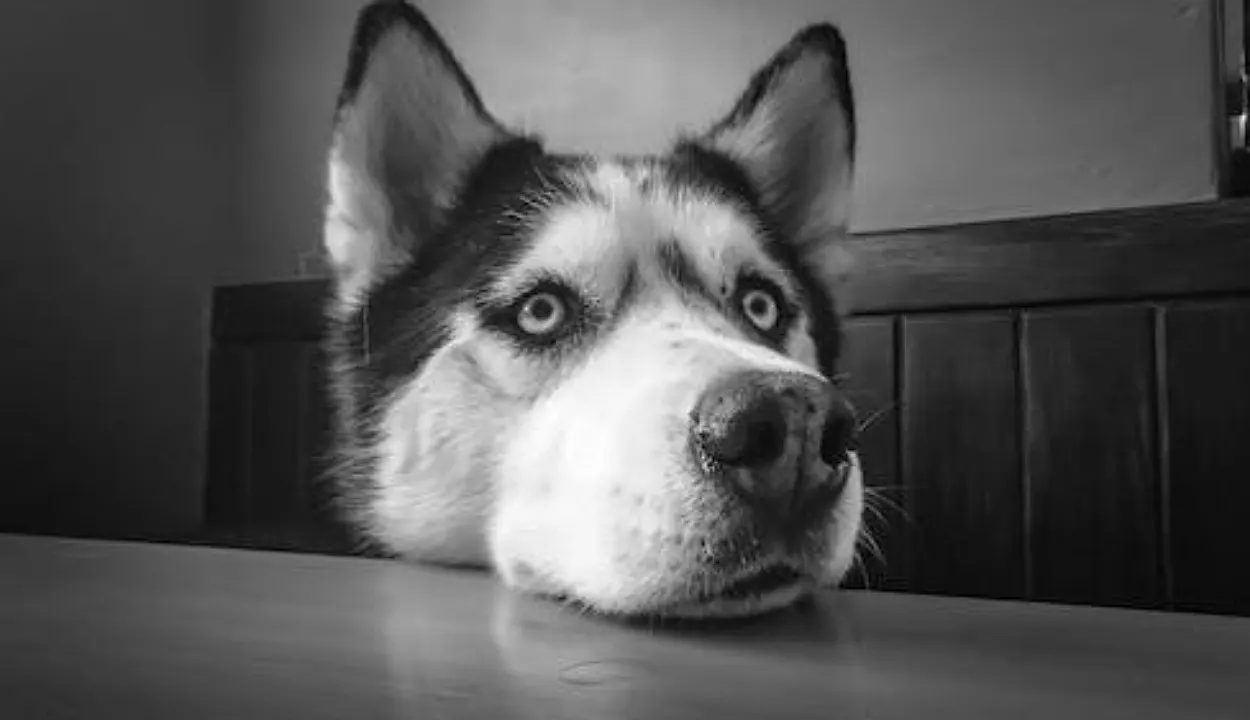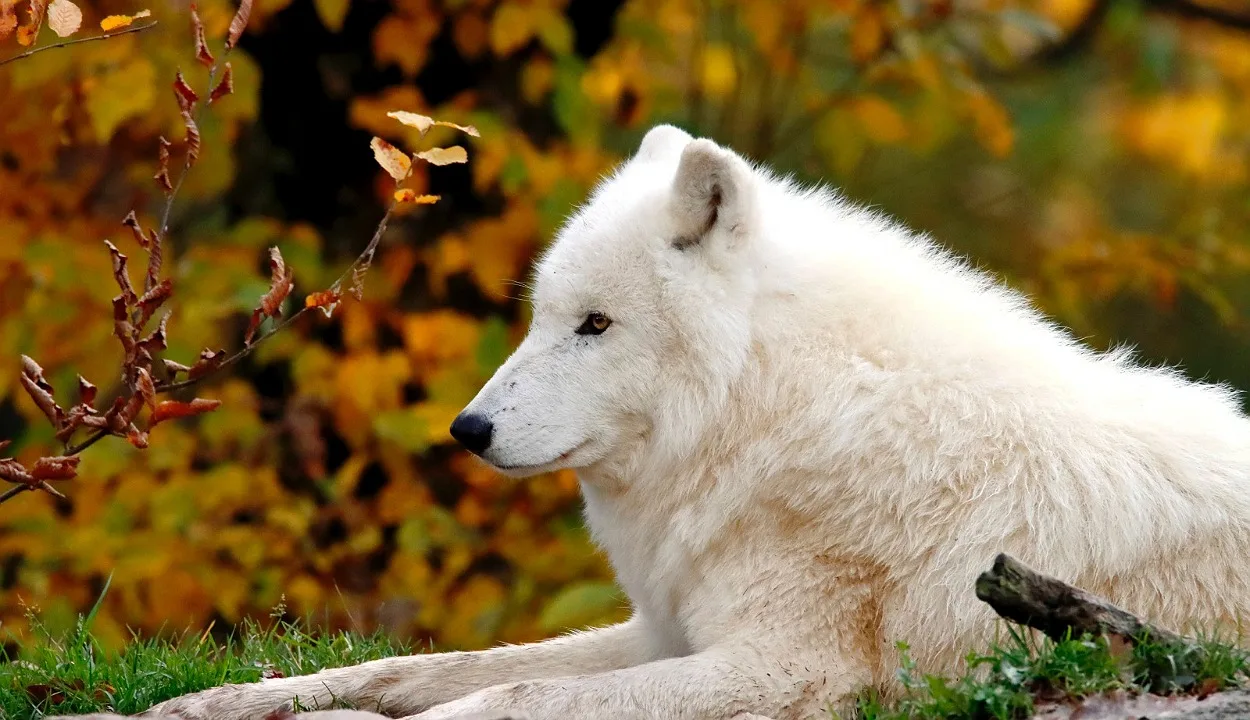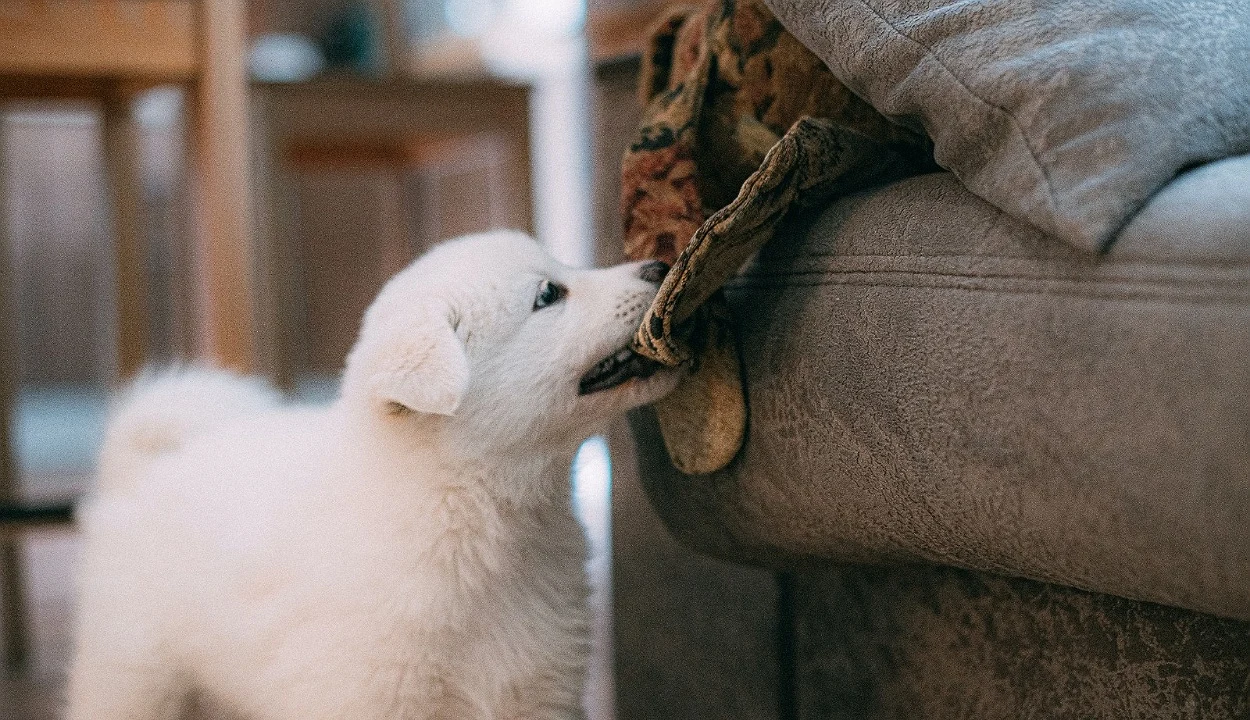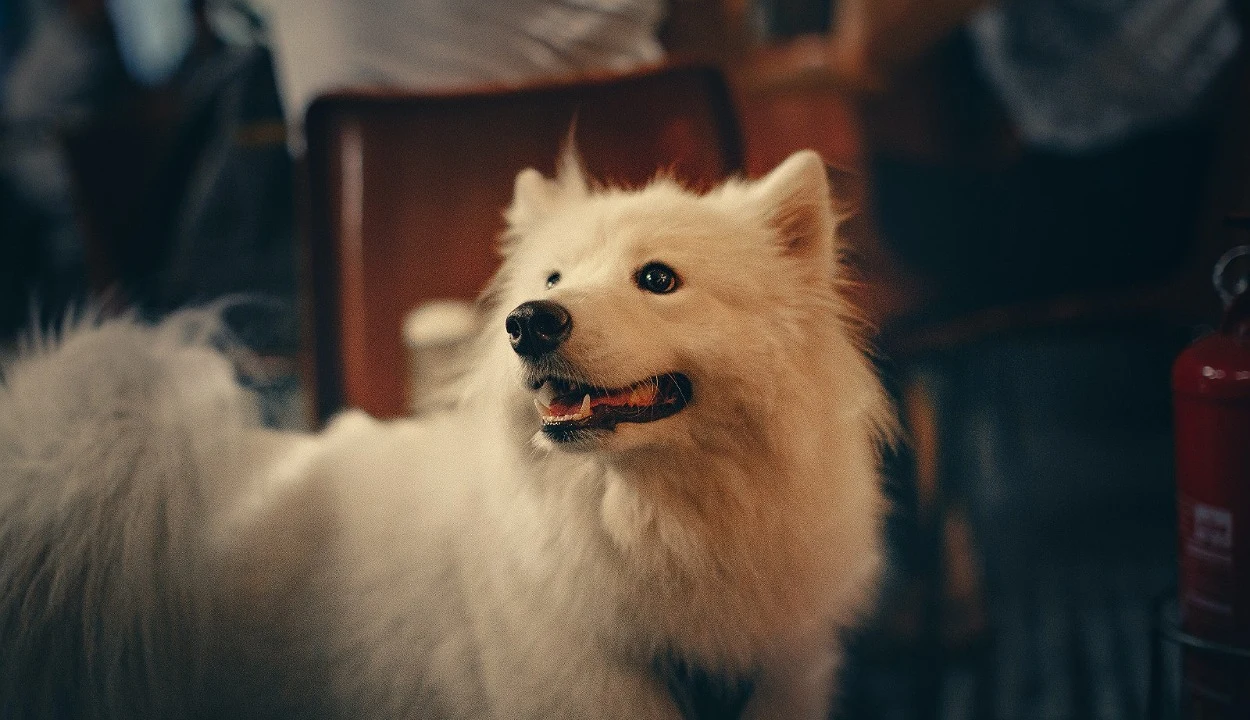Every dog is endearing in its special way. The Malamute, Huskies, and Samoyed are just a few canine breeds that stand out due to their distinctive personalities. In addition to their unique appearances, the Malamute, Husky, and Samoyed have all found a warm place in our homes and hearts because of their outgoing personality.
Huskies are incredibly active dogs that need daily exercise and mental stimulation to maintain their happiness and health. While the Malamutes are devoted and loving yet occasionally independent and stubborn. Lastly, the Samoyeds love to be with people and are pleasant, amiable dogs.
However, if you need clarification on which of these three dogs to adopt (like most of us), don’t fret; this article has you covered.

Dog Breed: Husky
The Husky is a medium-sized working dog breed with roots in Siberia and northeastern Asia. Huskies were developed as sled dogs and are renowned for their stamina, power, and prowess in subzero conditions. They are protected from the cold by their thick, double-layered coats.
With their almond-shaped eyes and dense fur, huskies have a distinctive appearance. They come in various colors, including black white, grey, red, and sable. Despite their great intelligence and independence, they are friendly and devoted to their owners, occasionally making training difficult.
Huskies need frequent exercise and are susceptible to hip dysplasia and eye difficulties. Although they are well-liked as family pets, owners must give them enough physical and mental stimulation to keep them content and healthy.
Dog Breed: Alaskan Malamute
The huge, robust working dog breed, the Alaskan Malamute, was developed in Alaska. Originally, they were designed to pull sleds and carry huge loads while also being used for hunting. Malamutes have a thick, double-layered coat that helps keep them warm, and they are renowned for their strength, stamina, and intelligence. Malamutes come in various colours, including black, grey, and white, with a large head and wolf-like look.
Although they tend to be amiable and devoted, they may also be independent and difficult, so early and constant training is crucial. Due to their high energy level, malamutes must be regularly exercised to be happy and healthy.
Additionally, they are more likely to develop bloat, hip dysplasia, and vision problems. Malamutes are well-liked as family pets, but prospective owners should do their homework on the breed and be ready to take on the burden of caring for a big, active dog.
For a long time, experts and Mal enthusiasts thought this hardy breed came from the arctic wolves. Due to the genetic resemblance between the Alaskan Malamute and the Siberian and Alaskan Huskies, studies have indicated they are related.
Physical Qualities
- The Alaskan Malamute can weigh between 75 and 85 pounds and reach 23 to 25 inches.
- Some dogs weigh more than this average weight, up to almost 100 pounds.
- Usually, the males are bigger and heavier than the females.
- These dogs’ thick, double coats might be solid white, grey-white, sable white, black-white, seal white, or red-white.
- This robust dog breed’s large head and thick muzzle wonderfully complement the brown almond-shaped eyes.
- This tough dog also has medium-sized triangular-shaped ears that stand upright when vigilant.
- Additionally, it has a thickly furry tail that can take on a corkscrew or wavy appearance.

Breed Of Dog: Samoyed
The Samoyed is a large- to medium-sized, fluffy dog native to Siberia. Their thick, double-white coat helped shield them from the chilly winter weather because they were originally designed to hunt and herd reindeer. Samoyeds are excellent family pets because of their reputation for friendliness and devotion. They are also highly social, clever, adaptable canines who enjoy human company.
As active dogs, Samoyeds need regular exercise and mental stimulation to stay healthy and content. Additionally, they are more likely to develop conditions like hip dysplasia and vision problems. A crucial part of caring for a Samoyed is grooming because of its thick coat, which must be brushed frequently to prevent matting and keep them clean.
Samoyeds make excellent family pets for those with the time and energy to give them the care and attention they require. They like being a part of the family and making devoted and lovable friends. Around 1000 BCE (Before the Common Era), the nomadic Samoyedes, who lived in the tundra of northern Russia and Siberia, began breeding Samoyeds (also known as Smiley dogs or Sammie Smile).
These hounds were developed to pull sledges, search for a game, and herd reindeer. European explorers first encountered these lovable canines in the middle of the 1800s and eventually shipped them to England.
The European voyages to the Arctic and Antarctic poles included Samoyed people. After spending time with the Samoyede people, a British zoologist named Ernest Kilburn-Scott gave this exceptionally outgoing canine the name Samoyed.

Physical Qualities
- Samoyeds can reach 18–24 inches long and mature weights of 35–64 pounds.
- With an undercoat that is short and soft and an outer coat that is long and coarse, these hounds have a dense double coat.
- Samoyeds often have white or cream-colored coats.
- The biscuit colouring that occasionally appears on these hounds is typically found on the tips of their ears. In a typical year, this hound sheds at least once or twice.
- Their fur is of such high quality that it can be knitted with.
- Its almond-shaped eyes can be black, brown, or (rarely) blue.
- The medium-sized triangular ears on this non-aggressive dog properly match the medium-sized skull.
- Its tail usually hangs over the back and is always to one side.
Differences Between The Dog Breeds (Husky, Malamute And Samoyed)
Samoyed, Husky, and Malamute are all northern dog breeds with some similarities and some distinctions.
Appearance:
- Huskies are medium-sized dogs that resemble wolves in appearance. They can be any of the following colours: black, white, grey, red, and sable.
- Malamutes have wider heads than Huskies, are stronger and larger than Huskies, and come in various colours, including black, grey, and white.
- Samoyeds are huge, fluffy dogs with a double coat that is thick and white.
Temperament:
- Huskies are independent, smart, and have a loving and amiable nature.
- Malamutes are devoted and loving yet occasionally independent and stubborn.
- Samoyeds love to be with people and are pleasant, amiable dogs.

Exercise And Energy Level Requirements:
- Huskies are incredibly active dogs that need daily exercise and mental stimulation to maintain their happiness and health.
- Although less hyperactive than Huskies, Malamutes are energetic dogs who need regular exercise.
- The lively Samoyed breed needs regular exercise but can be content with shorter walks or inside play because of their greater adaptability.
| Husky | Malamute | Samoyed | |
| Height | 20-24 inches (51-61 cm) | 23-25 inches (58-64 cm) | 18-24 inches (48-60 cm) |
| Shedding | Moderate to High | High | High |
| Average Life Expectancy | 12-14 Years | 10-14 Years | 12-14 Years |
Final Thoughts
- To ensure that any of these breeds is a good fit for your lifestyle and living circumstances, exploring and comprehending these differences before considering getting one of these dogs is crucial.
- These three breeds have certain things in common but differ greatly in appearance, temperament, energy level, exercise, and grooming requirements.
- The double-layered coat of huskies sheds heavily twice a year and needs little maintenance outside of these times.
- Malamutes must be regularly groomed to avoid matting and keep their thick, double-layered coats clean.
- Samoyeds need routine grooming to avoid matting and clean their thick, white double coats.

